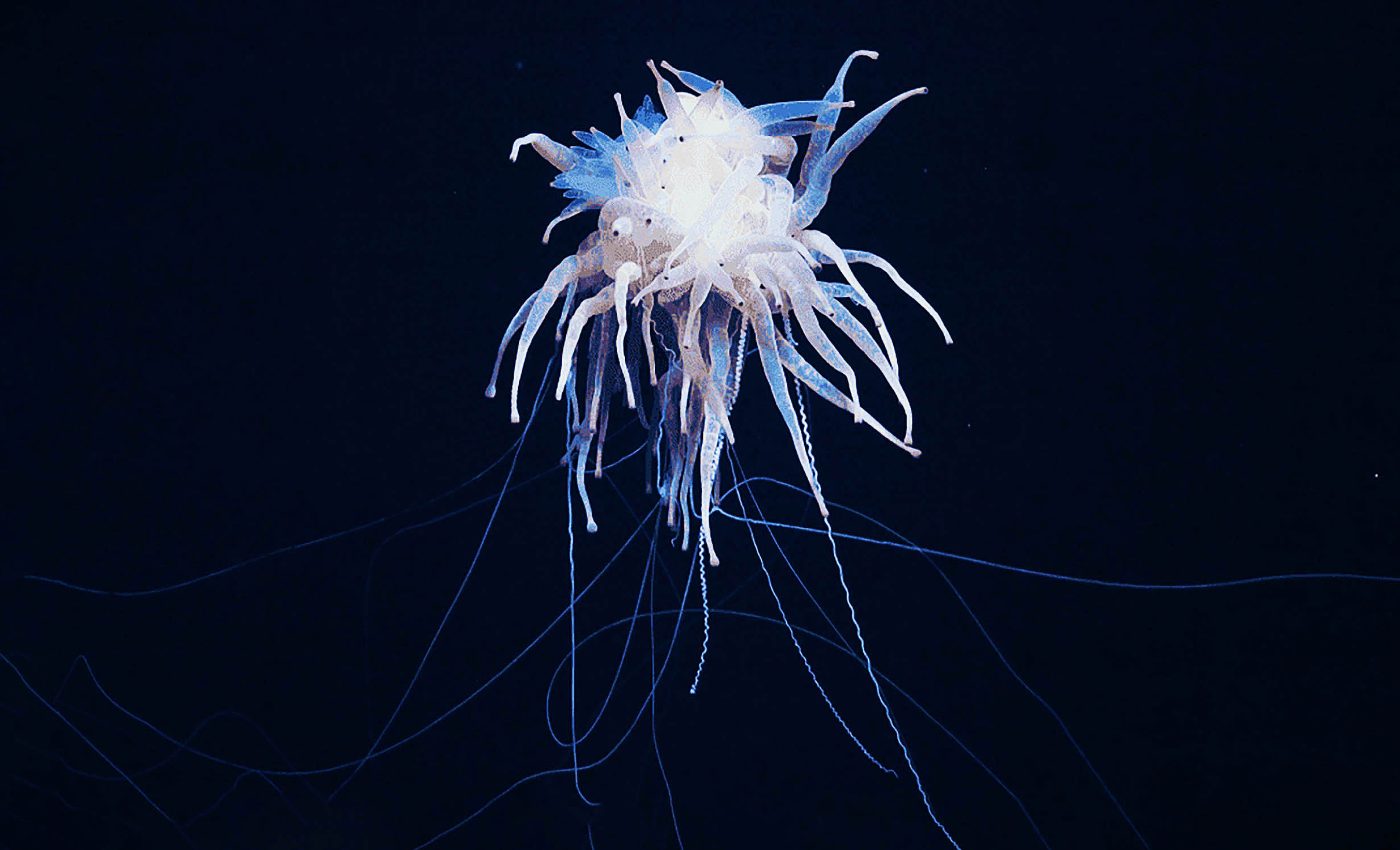
Underwater mountain discovered is two miles high and home to 'flying spaghetti monsters'
Ever been awestruck by the towering heights of skyscrapers? Now, imagine four Burj Khalifas — the world’s tallest building — one on top of the other. That’s what a team of expert oceanographers led by the Schmidt Ocean Institute in California discovered in the form of an underwater mountain.
Situated 900 miles off the coast of Chile in the Pacific Ocean, a newly mapped underwater mountain, or seamount, has taken the spotlight in recent oceanographic studies.
This colossal undersea peak stands 1.9 miles high. To put it into context, it’s bigger than Mount Olympus in Greece, yet smaller than Japan’s Mount Fuji. Essentially, it’s quadruple the height of Burj Khalifa in Dubai.
Sanctuary around the underwater mountain
This marine mountain is part of an underwater range teeming with sponge gardens, ancient corals, rare marine species, and a newly filmed type of squid.
A diverse ecosystem flourishes in these depths, undeterred and unbeknownst to most of the land-dwelling species.
The Schmidt Ocean Institute embarked on an exciting 28-day adventure aboard the R/V Falkor to uncover the mysteries of an incredible underwater seamount.
Equipped with a sonar system attached to the ship’s hull, the researchers set out to map this underwater wonder.
Jyotika Virmani, the institute’s executive director, shared how they use sound waves that travel down to the seabed and bounce back, helping the team understand the fascinating topography below. It’s a remarkable blend of technology and exploration.
Securing the underwater world
According to Virmani, only about 26% of the seafloor has been mapped to this level of detail so far, even though the ocean floor covers 71% of our planet’s surface.
The fact that this area hosts a wide variety of species and habitats further highlights the importance of such research.
Moreover, the region is considered ripe for nomination as the world’s first high seas marine protected area under a UN treaty, pending ratification in 2023.
Underwater mountain species
The team didn’t return from their expedition empty-handed – far from it.
They documented a ghostly white Casper octopus and two rare Bathyphysa siphonophores — colloquially known as flying spaghetti monsters due to their stringy shape.
“The (Casper) octopus has never been captured, so it doesn’t actually have a scientific name yet,” Virmani said.

Moreover, the researchers managed to capture footage of a live Promachoteuthis squid, seen alive only a handful of times before.
“Across the three expeditions, we managed to map and explore 25 seamounts, which is quite a number to explore,” Virmani said.
“I think we’ve got some good data as a community that could be put forward to make the case that this is a really interesting region for protection.”
Uncharted ecological significance
The discovery of this underwater mountain not only captivates oceanographers but also holds profound ecological implications. The diverse habitats found in the seamount are crucial for maintaining the health of marine ecosystems.
The sponge gardens and ancient corals contribute to the intricate web of life, supporting numerous species that rely on these environments for food and shelter.
Understanding and protecting these ecosystems is pivotal, not just for the organisms that inhabit them, but for global biodiversity as well.
Each unique species uncovered could potentially offer insights into medicine, climate change resilience, and ecosystem management.
As researchers continue to explore, the interconnectedness of these underwater realms with broader environmental health becomes increasingly apparent.
Toward a Sustainable Future
As technology improves, we can better explore and protect our oceans. The Schmidt Ocean Institute shows us how vital the ocean is for our climate and health.
Creating marine protected areas, like the one suggested for this seamount, is key to fighting issues like overfishing and pollution.
By safeguarding these regions, we help preserve marine life and ensure resources for future generations. It’s essential for all of us to get involved in ocean education and conservation efforts, so we can work together to care for our planet’s most precious natural treasure.
Sharing the knowledge
What’s next? The findings are set to be shared with the Ocean Census, an international collaboration that aims to record marine life concealed in the world’s oceans.
The objective over the next decade is to identify 100,000 unknown species. This would pave the way for scientists to better understand, appreciate, and protect our planet’s deep-sea ecosystems.
In conclusion, the incredible discoveries of these underwater expeditions serve as a stark reminder that even as we look to the stars, countless wonders lie beneath the waves waiting to be discovered. The ocean floors hide mountains of mysteries and scientific revelations.
—–
Like what you read? Subscribe to our newsletter for engaging articles, exclusive content, and the latest updates.
Check us out on EarthSnap, a free app brought to you by Eric Ralls and Earth.com.
—–













